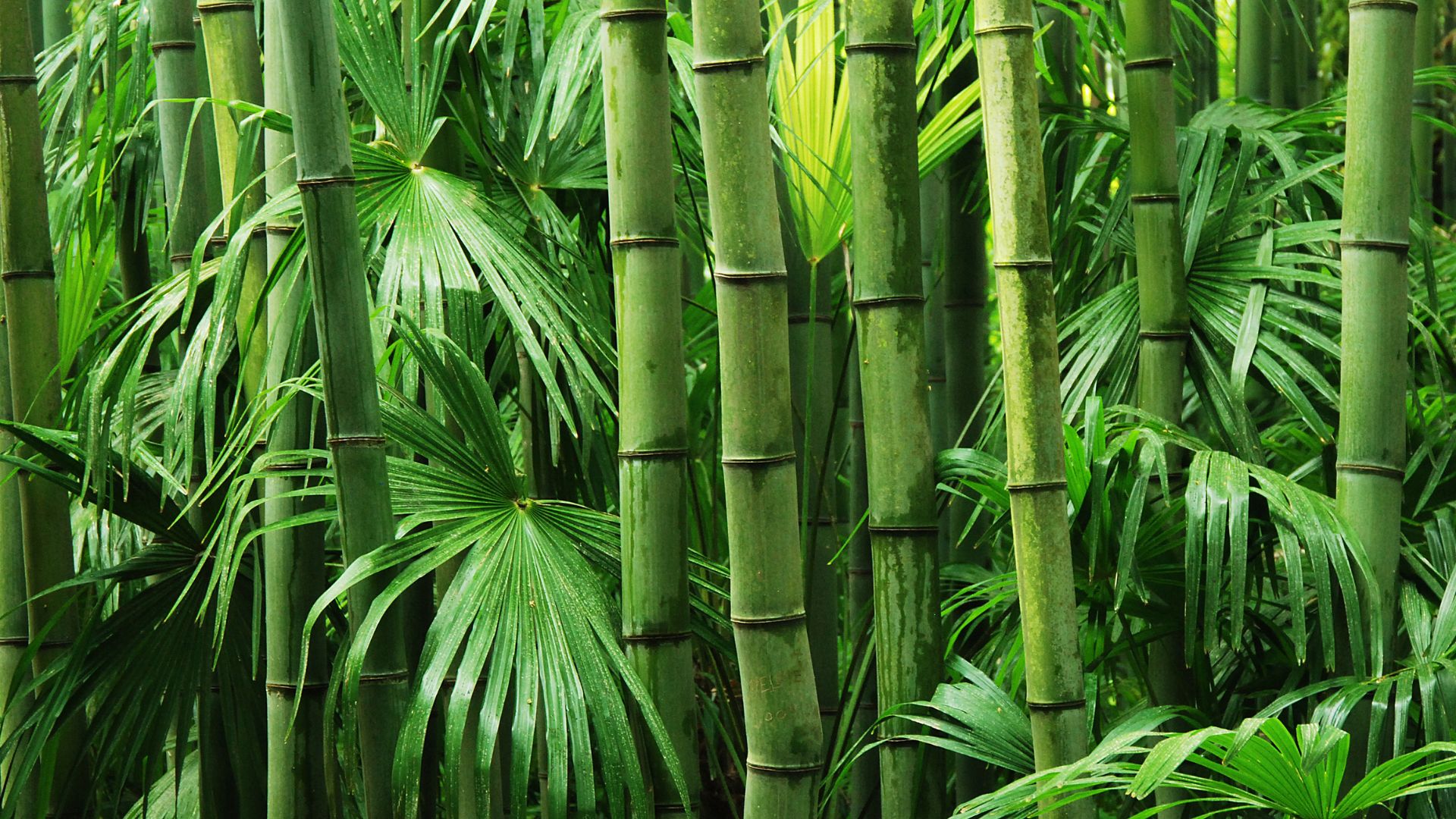1. Temperatures required for Growth of Bamboo:
Bamboo grows well in warm climates, with an ideal temperature range of 15°C to 35°C. They can tolerate temperature as low as 5°C and as high as 40°C
2. Rainfall is Essential for the Growth of Bamboo:
Bamboo requires regular moisture and can grow in regions with annual rainfall of 1200 mm to 2500 mm (47 to 98 inches). However, water logging is not good for Bamboo health, good drainage should be present. Some bamboo species are also drought-tolerant.
3. Sunlight Requirements for Growth of Bamboo:
Bamboo requires full sunlight for their optimal growth. Some bamboo varieties can grow in partially shaded regions as well like the indoor bamboo plants used for ornamental purposes.
4. Preferred Soil Conditions for Bamboo:
Bamboo grows best in well-drained, loamy soils rich in organic matter. The optimal soil pH range is between 5.5 and 6.5, though bamboo can tolerate slightly more acidic or alkaline conditions depending on the species. Waterlogged soil can lead to root rot, so good drainage is crucial.
5. Humidity is Good for Bamboo Growth:
Bamboo grows well in humid conditions, particularly in tropical and subtropical regions. High humidity promotes lush growth, making bamboo ideal for areas with moderate to high humidity.
6. Wind Conditions for Bamboo:
Bamboo must be sheltered from strong winds, which can damage the plants. However, some plant Bamboo as a windbreak in less extreme windy conditions.
7. Ideal Altitude for Bamboo Growth:
Bamboo can grow at various altitudes, from sea level up to around 4,000 meters above it in the case of certain Himalayan species. Most bamboo varieties are suited for lowland areas, but many will also thrive in hilly areas.
For the best growth, bamboo requires a warm, tropical or subtropical climate with ample rainfall, full sunlight, and well-drained soil. However, it can adapt to a range of environmental conditions, making it a resilient and versatile plant.


